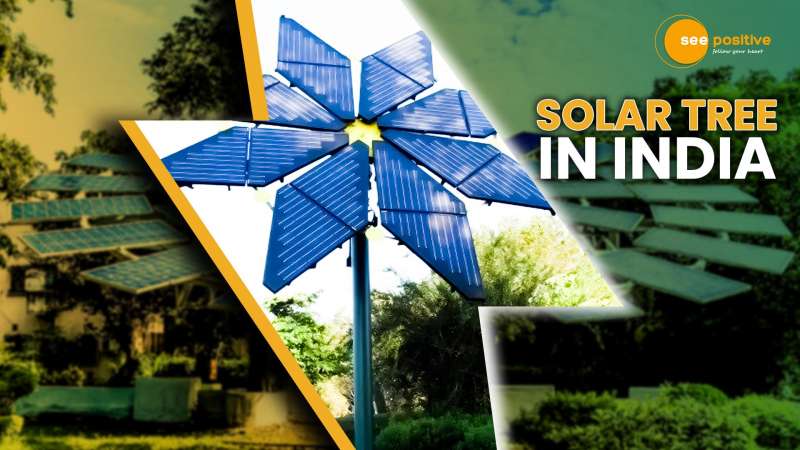

HIGHLIGHTS:
- PM Modi highlighted the significance of renewable energy in India at a webinar
- CSIR in Durgapur designed a new model of Solar Tree for usage in villages
- This solar tree can save up to 15% on electricity costs
Solar Tree is a construction that blends solar energy technology on a single pillar, similar to a tree trunk. It could be a working power generator or a piece of solar art.
Solar Tree’s Purpose
Solar trees are used to compliment the architecture and nature of a public or commercial space, as well as to raise awareness of solar technology.
Installing a large number of solar trees has the goal of increasing understanding, awareness, and adoption of renewable energy. They aren’t often employed as a primary source of electricity for a building because rooftop solar systems may offer that.
Solar trees are a great addition to rooftop solar systems or other green building initiatives, as they represent larger expenditures and their associated environmental advantages.
Solar trees can increase interest in solar technology while also providing shade and gathering areas.
The Importance of Using Solar Trees in India
PM Modi highlighted the significance of renewable energy in India at a webinar on ‘Energy for Sustainable Growth,’ and urged Indians to develop their own solar trees, which can help save up to 15% on electricity.
India’s energy consumption is expected to rise in the near future, necessitating a conversion to renewable energy. As a result, every Indian home should establish solar trees, which can save up to 15% on electricity costs. Solar trees should be included in the designs and constructions of the nation’s builders and architects.
India’s Solar Tree
In order to reduce the country’s electricity problem by boosting the percentage of renewable energy, the CSIR-Central Mechanical Engineering Research Institute in Durgapur designed a new model of Solar Tree for usage in villages, national highways, and power grid systems in 2016. The suggested structure can generate power in the range of 3-7 Kwh with a low footprint of 22 sqft.


